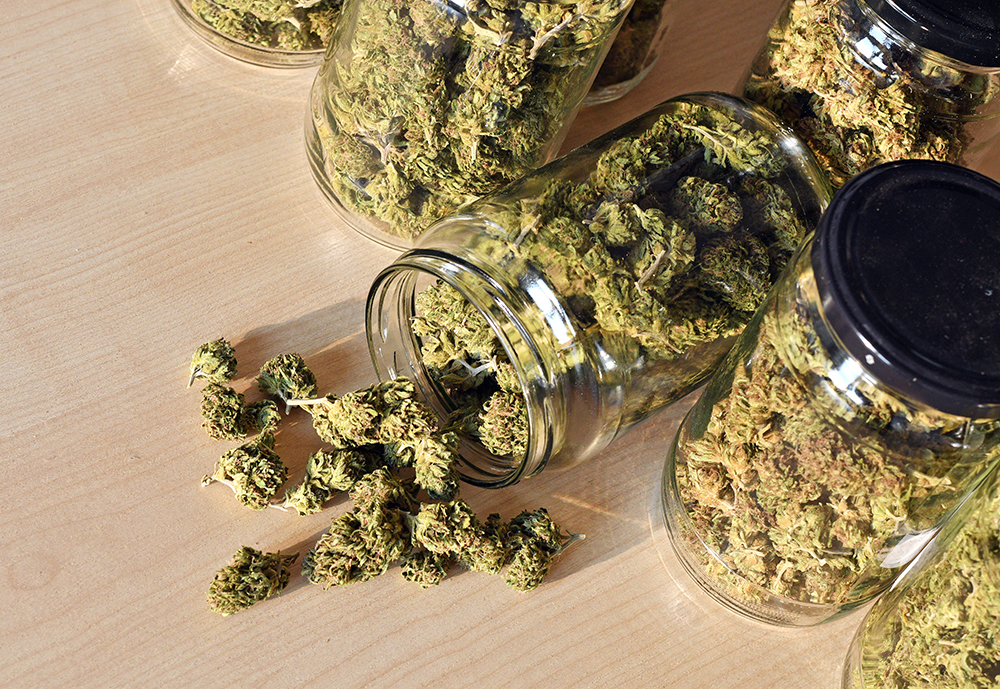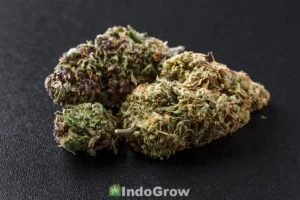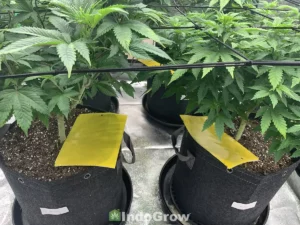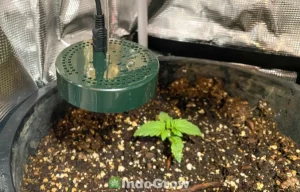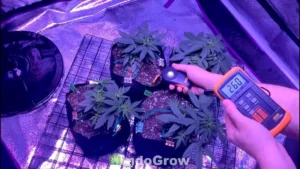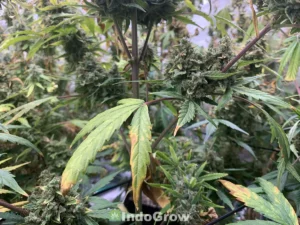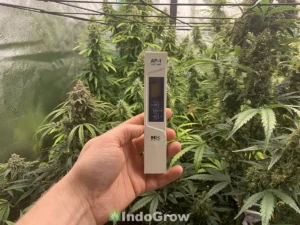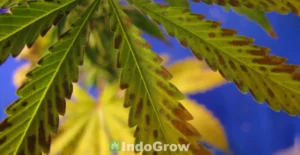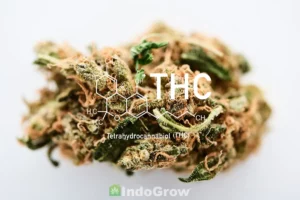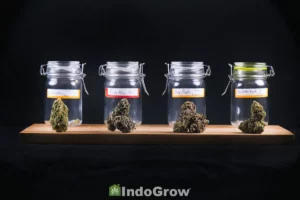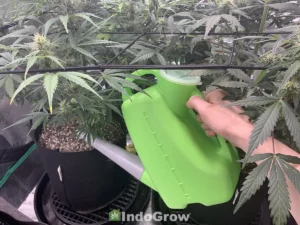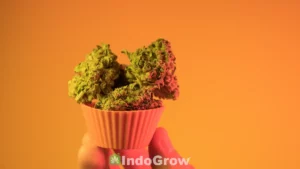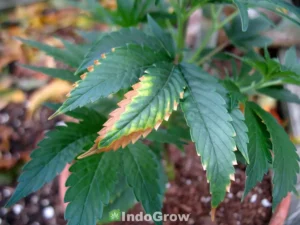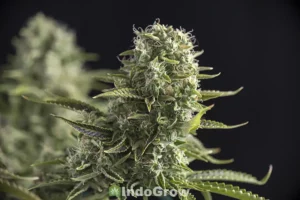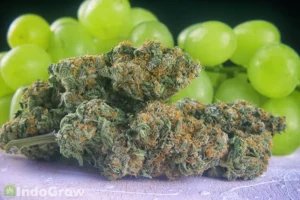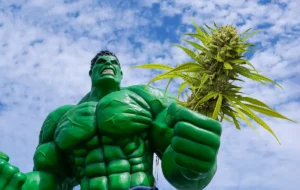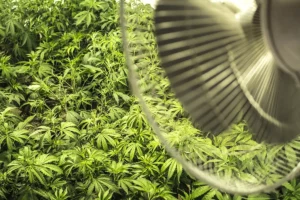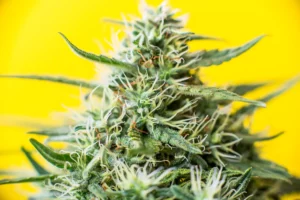Curing cannabis technically begins immediately after harvest, when the plant is cut down and the fan leaves are removed. The rest of the fresh plant is then hung to air dry for 1-2 weeks. Then, the sugar leaves are trimmed and the buds are transferred to glass jars to cure for 2-3 weeks.
During this stage, the buds must be checked regularly for mold, and “burped” to allow fresh air in. Finally, once the buds are dry and at a stable humidity of 60-65%, they are fully cured and ready to be smoked.
Table of Contents
- Why is Cannabis Dried and Cured?
- What Materials are Needed to Cure Cannabis?
- When to Harvest Marijuana Buds
- What is the Best Way to Dry Buds After Harvest?
- How to Tell if Weed is Finished Drying
- How to Cure Weed in Jars
- How Long to Burp Jars When Curing?
- Humidity in Curing Jars
- How to Tell if Weed is Finished Curing?
- What Problems to Watch Out For When Curing?
- Summary
Why is Cannabis Dried and Cured?
Cannabis drying and curing is an essential step for any cannabis harvest. Properly dried and cured cannabis will have improved potency and flavor, and will be less harsh on the throat when smoked. Slowly bringing your weed to an ideal moisture content ensures that it will not develop mold, and will not become dusty and flavorless from drying out too fast.
Although waiting 2-4 weeks after harvest may seem like a long time, it will be worth it for the improved quality of your product. Cannabis that has not been dried and cured will create harsh, thick smoke that burns down unevenly and results in a less potent high.
What Materials are Needed to Cure Cannabis?
For drying the cannabis, you will need wire or string to hang the harvest. They can be hung from clothes hangers in a closet, or in the same tent you used to grow the plants, but with the lights turned off.
A hygrometer should be added to the drying area to ensure the humidity is around 62%. A humidifier may be needed to keep the humidity at optimal levels.
For curing, you will need wide mouth mason jars in quart or pint sizes as well as Boveda 2-way humidity packs (62%) to keep the buds from becoming too moist or too dry. The jars can also be placed in your growing tent, or moved to a cool, dark cupboard or cabinet for storage.
When to Harvest Marijuana Buds
In general, most strains will be ready for harvest 8-10 weeks after flowering began. This is around 15-20 weeks after germination for photoperiod strains, or 12-15 weeks for autoflowering strains.
However, different strains and different plants will mature at different rates, and the most reliable method to tell if your plant is ready for harvest is inspecting the trichomes.
The trichomes on the buds or sugar leaves can be inspected using a 30x-60x magnifying glass, such as a jeweler’s loupe. You may be able to just zoom in with your phone camera.
The buds will be ready for harvest when the trichomes are half milky white and half amber brown in color. Clear trichomes indicate that the buds are not yet ripe.
What is the Best Way to Dry Buds After Harvest?
The best way to dry weed after harvest is to trim off all the fan leaves, then hang dry the buds and sugar leaves in a cool, dark room. You can hang the plants upside down on clothes hangers or hanging wire, then hang them from the rods in your grow tent with the lights off. If this is not possible, plants can also be hung in a closet, spare bathroom, or other dark room with a stable temperature of 60-70°F and humidity around 60%.
Some growers will dry their plants flat on racks to dry, although this method is more difficult for a home grower and can lead to poor airflow around the drying plants, leading to slower drying and the potential for mold. Using a dehydrator is never recommended, since drying at high heat can lead to brittle, low potency buds.
How to Tell if Weed is Finished Drying
Weed should dry for approximately 7-14 days. When they are ready to move onto the curing stage, the stems should snap instead of bending. The buds should be somewhat stiff, but not dusty or brittle.
Once your buds have finished drying, separate out the sugar leaves and save them for making products like cannabutter, hash, or infused oils. The manicured buds will then be ready to move into curing jars. The stems and any fan leaves that remain are very low in THC and other valued compounds, so they can be discarded.
How to Cure Weed in Jars
Once the buds have been trimmed and dried, they can be moved into airtight, wide mouth mason jars to cure. Quart size jars are the most space efficient, but smaller sizes will also work. The jars should be filled, closed, and placed in a cool, dark place such as a cabinet or closet. You can also use your grow tent to cure if you have not already moved on to a new grow. Do not keep the jars in a room with fluctuating temperature and humidity levels, such as a garage or unfinished basement.
For the first week, open the jar every day to burp it and let in fresh air. You can move to every other day or less after this until the weed is done curing, usually after 2-3 weeks.
How Long to Burp Jars When Curing?
Burping is the process of opening the jars to release stale air and bring in fresh air. As the weed cures, it will release CO2 into the air, which makes daily burping essential in the first week when a lot of chemical changes are still occurring in the buds.
When burping, remove the lid for a minimum of 10 seconds, with 30-60 seconds being ideal. Gently shake the buds in the jar while burping in order to expose them to fresh air, and take time to inspect them for signs of mold. Once the burping is complete, the jar can be resealed until the next day.
Humidity in Curing Jars
Use a hygrometer in the room or cabinet where your jars are being stored to monitor the humidity levels. Ideal humidity while curing is around 60-65%, with a temperature of about 60-70°F. Add humidity packs, such as Boveda 2-way humidity packs, to the jar to slowly pull moisture from the buds.
How to Tell if Weed is Finished Curing?
The weed should cure in the jars for a minimum of 2-3 weeks and have a stable humidity of 60-65% before it is ready to be smoked. If the humidity is still fluctuating, or the buds are still building up pressure in the jars from CO2 release, they are not yet ready for harvest. Finished buds should be fragrant and dry to the touch, or slightly sticky in some high terpene strains.
Before using the buds, check them over for signs of mold, such as yellow, gray, white or blue spotting or fuzz that was not there the day before. Additionally, an ammonia like smell can indicate that harmful bacteria are building up in your jar. Do not smoke weed from a jar that has visible mold or an ammonia smell, it has the potential to cause health complications such as a lung infection.
What Problems to Watch Out For When Curing?
The main thing to look out for is an ammonia smell in the jar, which is produced by anaerobic bacteria. You can try removing the buds from their jar for 12-24 hours, and sanitizing the jar before putting them back in. If the smell disappears, you can continue curing them, but if it persists the buds will need to be discarded.
A hay smell may also occur if the humidity becomes too high. This can happen if the buds aren’t dried properly before curing, or if some of the fan leaves or sugar leaves are left on the buds.Too much humidity can also cause mold to appear on the buds. The mold can be fuzzy white, gray or black in color.
Overdrying the buds can also be an issue, and will cause them to become brittle and dusty. Adding more humidity packs may help revive them.
Summary
Drying and curing marijuana buds is an important final step in growing cannabis. This process increases their flavor and potency, and makes the buds smoother to smoke. Slowly bringing the flower down to the correct moisture level also significantly increases its shelf life.
After harvest, the fan leaves are removed from the plant, and the rest of the plant is hung in a cool dark place to dry. After 4-7 days of drying, the buds are transferred to an airtight glass mason jar along with some humidity packs. They must be burped every day for the first week, and then less frequently for the subsequent 1-2 weeks.
For an overview of the entire growing process, check out How to Grow Weed Step by Step.

Rocky Horton
Author
Rocky Horton is an experienced cannabis grower and the founder of IndoGrow. The IndoGrow editorial team has over four decades of combined growing experience. Learn more.

